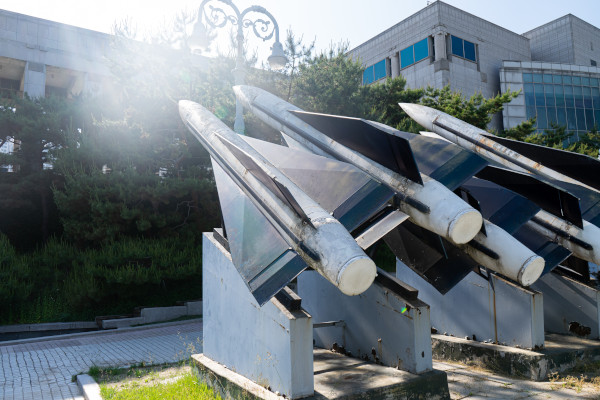The Cold War - A Chilly Tale of Tensions and Rivalries!

Welcome to the world of the Cold War, an intriguing period of history that spanned several decades and shaped the world we live in today. It was a time of great tension and rivalry between two superpowers, the United States and the Soviet Union, without direct military conflict but with lots of intrigue and competition! The Cold War was a fascinating time of intense competition, political maneuvering, and global tension. While it created challenges and fears, it also spurred incredible scientific advancements and space exploration. Understanding the lessons of the Cold War helps us work towards peace and cooperation in today's interconnected world.
Timeline
1945:The end of World War II leads to the start of the Cold War as the US and the Soviet Union become rivals.
1947:The Truman Doctrine is announced, pledging support to countries resisting communism, setting the stage for the Cold War's global impact.
1950-1953:The Korean War, a proxy war between the US and the Soviet Union, takes place in Korea.
1957:The Soviet Union launches Sputnik, the first artificial satellite, sparking the space race.
1962: The Cuban Missile Crisis brings the world closer to nuclear war than ever before.
1985:Soviet leader Mikhail Gorbachev initiates reforms, leading to the eventual end of the Cold War.
1991:The Cold War officially ends with the dissolution of the Soviet Union.
Fun Facts
The Cold War wasn't fought with icy weapons but was a "war of words" and ideologies between the United States (a capitalist country) and the Soviet Union (a communist country).
The term "Cold War" was first used by an influential writer, George Orwell, in 1945, even before the tensions reached their peak!
During the Cold War, both sides competed in a "space race" to be the first to explore outer space, leading to exciting achievements like the first human in space (Yuri Gagarin from the Soviet Union) and the Apollo moon missions by the United States.
The Berlin Wall, a symbol of the division between East and West Germany, was erected in 1961 and was finally torn down in 1989, signifying the end of the Cold War.
Important Historical Figures
Winston Churchill The British Prime Minister who famously described the division between East and West Europe as an "Iron Curtain."
Joseph Stalin The leader of the Soviet Union during the early years of the Cold War.
Harry S. Truman: The US President who developed the Truman Doctrine, committing to containing communism.
John F. Kennedy The US President during the Cuban Missile Crisis, who steered the world away from nuclear disaster.
Mikhail Gorbachev: The Soviet leader whose policies of glasnost (openness) and perestroika (restructuring) led to the end of the Cold War.